Respirator and facial hair diagram
 Therefore, it is important for the PLHCP to know each type of respirator a worker is subject to using and all tasks they may perform while wearing it, as well as all other required info such as additional PPE worn, exertion level, temperature extremes. This page is archived for historical purposes and is no longer being maintained or updated. And sometimes I find employers who are performing the calibrations, but they are using a cylinder of calibration gas that has expired. However, the revised OSHA respiratory protection standard specifically prohibits this practice as the primary method for determining when to change canisters and cartridges. Respiratory protection is serious business. Both of these options are more expensive and more complicated to use and maintain. Any respirator manufacturer making false claims such as advertising a tight fitting, full facepiece or hooded SCBA unit that is configured with a nose cup, for users with facial hair, may be subject to rescission of NIOSH approval.
Therefore, it is important for the PLHCP to know each type of respirator a worker is subject to using and all tasks they may perform while wearing it, as well as all other required info such as additional PPE worn, exertion level, temperature extremes. This page is archived for historical purposes and is no longer being maintained or updated. And sometimes I find employers who are performing the calibrations, but they are using a cylinder of calibration gas that has expired. However, the revised OSHA respiratory protection standard specifically prohibits this practice as the primary method for determining when to change canisters and cartridges. Respiratory protection is serious business. Both of these options are more expensive and more complicated to use and maintain. Any respirator manufacturer making false claims such as advertising a tight fitting, full facepiece or hooded SCBA unit that is configured with a nose cup, for users with facial hair, may be subject to rescission of NIOSH approval.

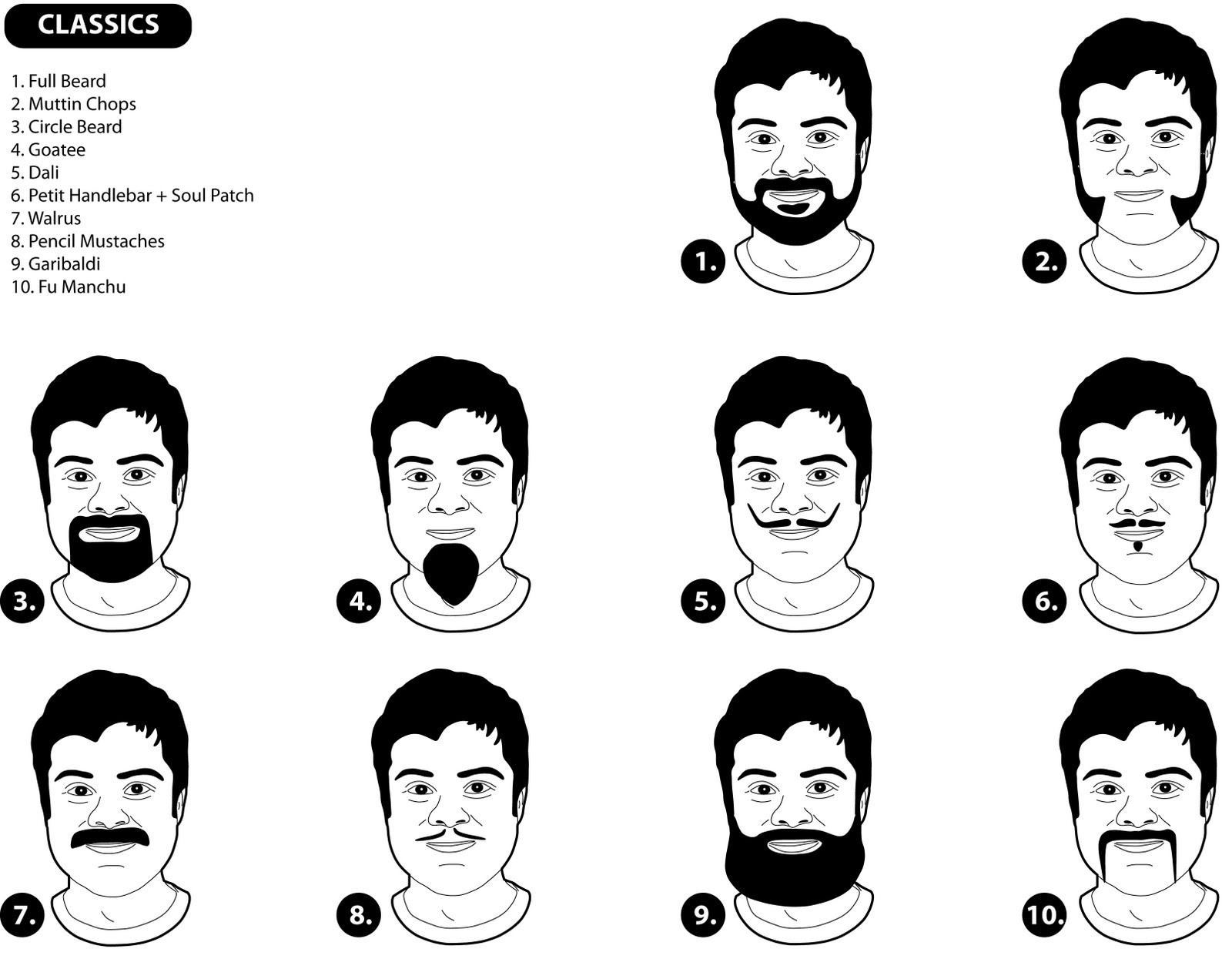




Facial hair and respirator fit
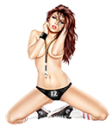 If a unit has been approved with a nosecup in place and has passed NIOSH CO2 and fogging tests using the nosecup, then the nosecup must not come in contact with facial hair, even if there is another seal being used as the primary seal such as a neck seal. This article represents the independent views of the author and should not be construed as a National Safety Council endorsement. OSHA has cited employers for serious violations when it determined facial hair presented a possibility of serious injury or death. October 2, From: Specifically, respirator configurations using hood-style facepieces that have been tested and certified by NIOSH using a nose cup require a clean-shaven sealing surface at the nosecup. When suitable, they can also reduce the administration cost and time requirements of fit testing while maintaining broader employee morale and labor pool options. Loose-fitting hoods and helmets that provide a level of protection up to 1, Assigned Protection Factor are options for employees who want to have facial hair.
If a unit has been approved with a nosecup in place and has passed NIOSH CO2 and fogging tests using the nosecup, then the nosecup must not come in contact with facial hair, even if there is another seal being used as the primary seal such as a neck seal. This article represents the independent views of the author and should not be construed as a National Safety Council endorsement. OSHA has cited employers for serious violations when it determined facial hair presented a possibility of serious injury or death. October 2, From: Specifically, respirator configurations using hood-style facepieces that have been tested and certified by NIOSH using a nose cup require a clean-shaven sealing surface at the nosecup. When suitable, they can also reduce the administration cost and time requirements of fit testing while maintaining broader employee morale and labor pool options. Loose-fitting hoods and helmets that provide a level of protection up to 1, Assigned Protection Factor are options for employees who want to have facial hair.


Facial Hair, Respirators, and Fit Testing - SAFTENG
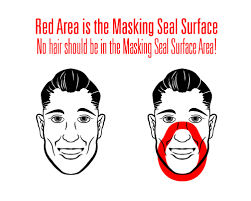



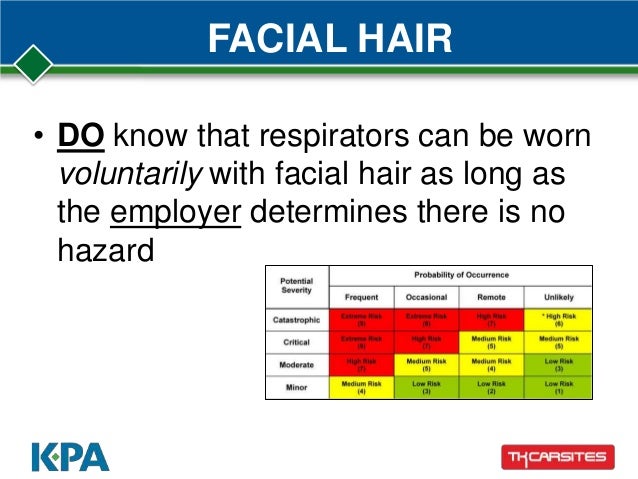
NIOSH Policy for Respirator Sealing Surfaces and Facial Hair

Description: NIOSH Policy for Respirator Sealing Surfaces and Facial Hair It has been brought to the attention of NIOSH through phone calls and emails from respirator users and manufacturers that some respirator manufacturers may not understand what NIOSH defines as the sealing surface for respirators and consequently are inappropriately marketing respirators for users with facial hair. If a unit has been approved with a nosecup in place and has passed NIOSH CO2 and fogging tests using the nosecup, then the nosecup must not come in contact with facial hair, even if there is another seal being used as the primary seal such as a neck seal. October 2, From: Make sure your written program includes a facial hair policy and that you train, monitor and provide options for worker safety.






.jpg)

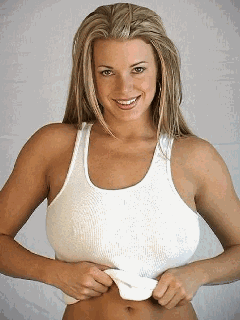


























User Comments
Post a comment
Comment: